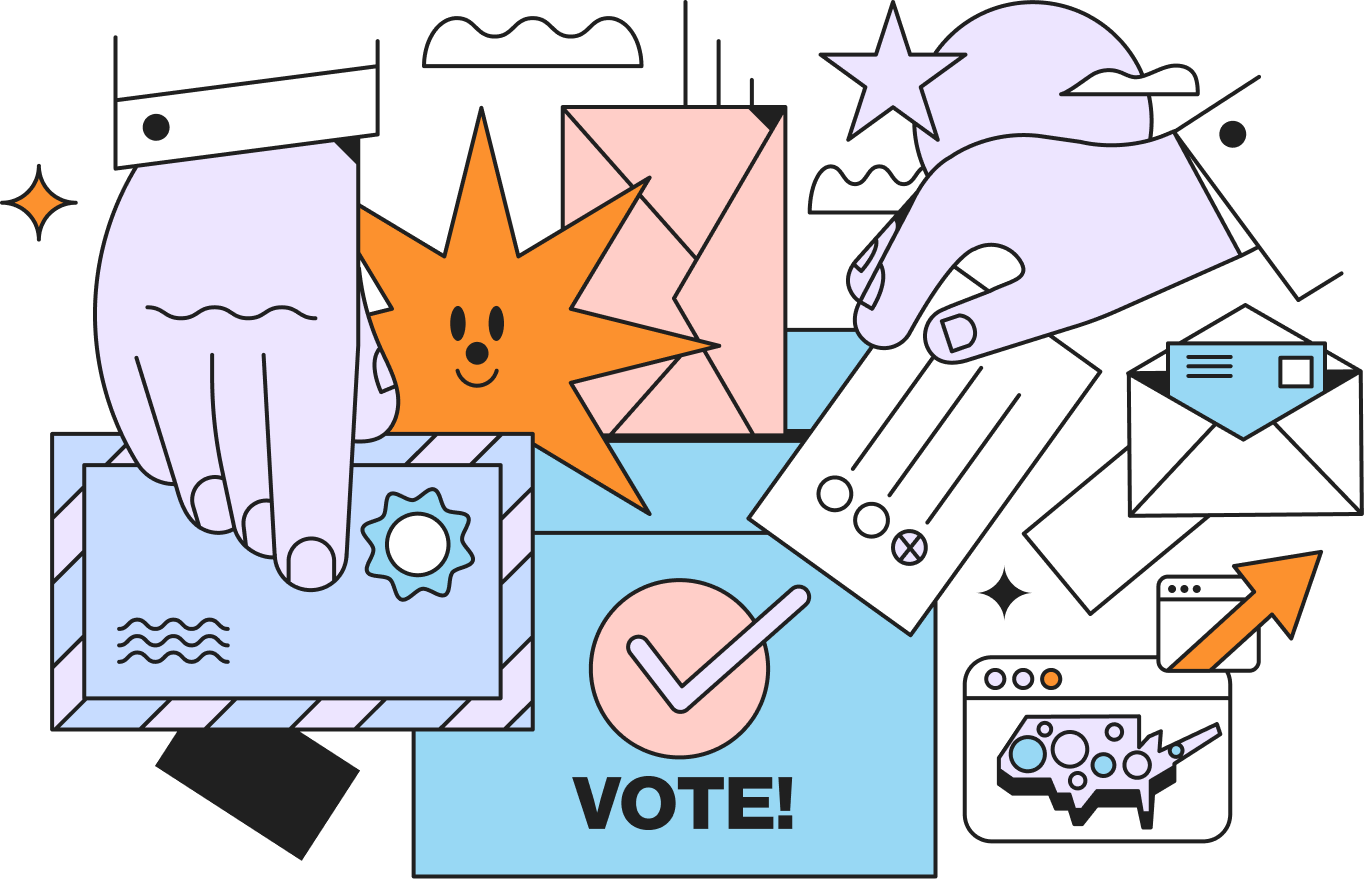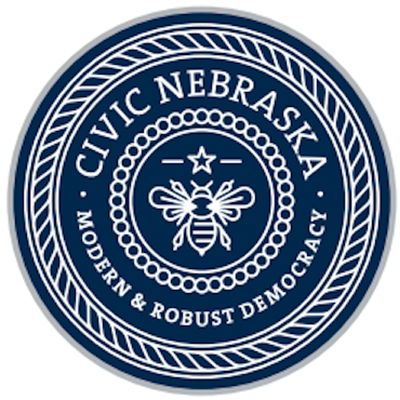Grade 6-8: Voting in the CLC
Unit Goal: to demystify the voting process for K-12 students.

Vote on a justice issue
Example: Who should make the choice of which high school to attend?
The student and parent(s)/guardian together
The student and the counselor together
The student only
Steps in the voting
Registration
Campaigning
Casting Your ballot
Tabulation
Implementation
Reflection
Registering to Vote
Grades 6-8 will register. Click here for an authentic registration form. Instructions on the right side of the form clearly give the steps. Teachers should note that there are 5 cells for voter information. The first cell will determine if the person is qualified to vote. The third cell is for party affiliation. Instruct students that this will determine which primary they will vote in.
Possible discussion points:
What happens if a person is homeless?
What happens after you mail the form in or turn it in? (response is in the instructions)
The Ballot
Click here for two ballot options. Both ballots are editable so you can insert your own ballot options. Explain to the class what they will be voting on. The example is who should make the decision of which high school a student should attend? Teachers should feel free to substitute any other example.
The Campaign
Have students in groups of 2-4 and assign each group one of the ballot choices. More than one group can have the same choice; however, all choices should be represented. Groups should talk about why their choice is best and assign one student the role of trying to persuade the class to vote for that choice. After a few minutes of discussion, one student from each group should stand and explain why the group’s choice is best. Present all ballot choices. The “campaign” needs to be civil. Encourage students to use clear, reasoned arguments and to respectfully listen to others. Avoid loud, competitive arguments but do have fun.
The Vote
Hand out pencils and ballots, explain how to fill in the bubble that represents their choice. When everyone has voted, collect the ballots or place them in a ballot box. A small group of students can begin to tabulate the votes by separating the ballots into piles. At this point, the teacher should explain that the choice that gets the most votes will become policy in this fictitious scenario. This is a critical part of the voting step.
Implementation
In the case of the example, there is no action since the ballot issue is hypothetical. If, however, you are voting on selecting a treat, or an activity, it will important that the class as a whole gets the same treat or participates in the same activity. Teachers may have to differentiate for students with disabilities or limitations.
Reflection
The teacher might ask a student who voted for the winning policy how she/he felt about winning. Ask someone whose choice did not win how they felt. It is important to guide all students toward accepting the results of the election and participating with the class as a whole.


